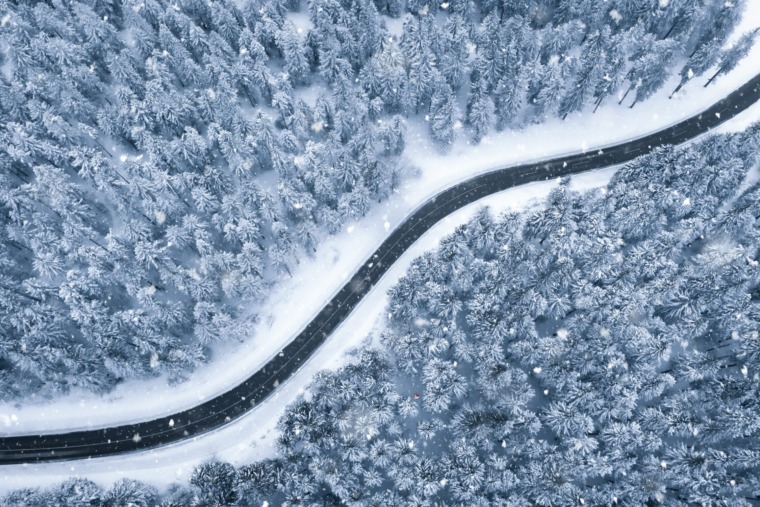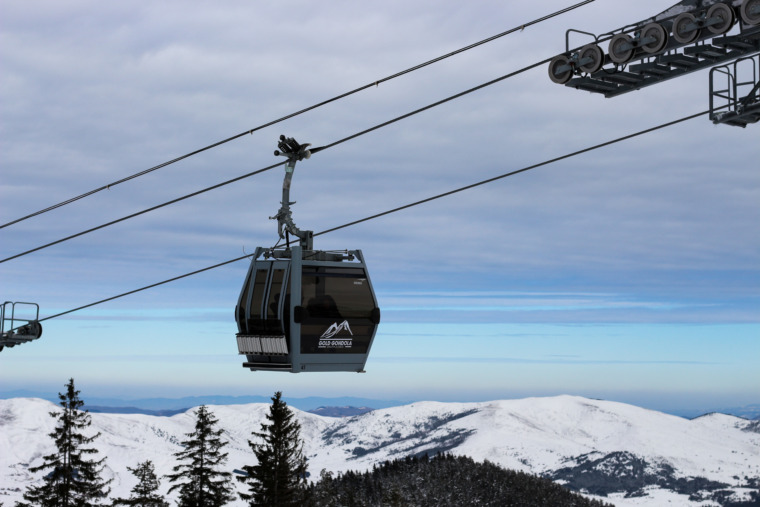

When we say Serbia, what are the first things that come to your mind? Locals and foreigners mutually agree on – beautiful women, stunning nature, and amazing Balkan soul that is simply unique. Now, we will take you on a journey through Serbia and its authentic culture, as well as its (perhaps less known) products. So, here we go – top 10 things Serbia is famous for:
1. Slivovitza
France has its wine and cheese, while Serbia has its brandy (rakija). It simply doesn’t get any more authentic than Rakija. It’s a brandy, usually homemade, that families make in the villages across Serbia. Often recipes vary from family to family, and are transferred from generation to generation. Slivovitza is a very strong spirit, with more than 40% alcohol (ranging to 70% in some), and it’s famous for its strength even among the visitors from abroad. There are several ways to drink Rakija – you can drink it as a shot, all at once, but we don’t recommend this due to its large alcohol percentage. The other way is to sip it slowly, and “extinguish” the strong aftertaste with water.
It’s a national brand. There are many rakija bars and festivals throughout Serbia specially dedicated to this Serbian queen of Spirits. Lady Gaga even wore a T-shirt with Slivovitz on it. Ziveli! (Cheers!)
2.Vampires and Paprika
Wait, what? What could possibly vampires and paprika have in common? Well, they are both words that originate from Serbia and are used in the entire world. Paprika is derived from a Serbian black pepper called Papar, and the name had spread throughout the globe. When you say paprika in Serbia, we are thinking about the fresh vegetable, the pepper, while elsewhere in the world, paprika is an air-dried chili pepper spice.
As far as vampires go, the three most famous Serbian vampires are Peter Blagojevich, Sava Savanovic, and Arnold Paole (Pavle Arnaut). These vampire outbreaks have been documented and there is plenty of lore stating strange happenings and sightings. So, watch out Twilight, Serbia has its very own Edwards!
3.Novak Djoković
Surely you must know who Novak is. Currently, he is ranked as the world’s number 1 tennis players in men’s singles tennis. He had won 10 Grand Slam titles, and has held the No. 1 spot in the ATP rankings for a total of 177 weeks.
In Serbia, Djokovic is more than a person, more than an amazing tennis player. He is a Serbian brand all on its own, and an astounding showman to say the least. But, if we take the sport segment out, Novak is Serbia’s greatest ambassador in the world. To children, he is a hero and a role model, to the rest – he is a true Serbian that perfectly portrays success achieved through dedication and hard work.
Pro tip: You will instantly be liked and be considered as one of the locals if you cheer for Nole and grab a draft beer at some of our numerous sports bars. Read more about Novak here.
4. Pirot Kilim (Carpet)
Rug weaving is a part of Serbian tradition ever since the Middle Ages, and city of Pirot, being on the main caravan road, was, and still is, one of the most famous places where you can still obtain a weaved rug. These carpets were used for various purposes, and covering the floors was certainly the primary use. But Pirot rugs are also hanged on the wall as a tapestry, used as window shades and used a covers over the blankets since they kept the warmth.
The anterooms and palaces and courts of the Serbian dynasties were all covered in Pirot carpets, and were gifted to rulers and diplomats as a typically Serbian part of tradition and cultural heritage. Read more about Pirot Kilim on the following link.

5.Slava
Slava is a Serbian celebration of the family’s patron saint. It’s a day in the year when family gets together and pays homage to the patron saint of the house, which helps the family to prosper, feel secure, protected, supported, and encouraged to protect family values and do good. We even have a saying: “Whoever celebrates the Slava, him the Slavahelps”.
When Serbs received Orthodox Christianity, families renounced their many gods and began to celebrate the saints on whose holiday they became Christians. The Slava is actually regarded as the anniversary of the family’s baptism into Christianity.
In every Slava you will find a patron saint’s icon, boiled wheat, red wine, Slava bread, and a lighted candle, blessed in the church.
You can read more about Serbian’s cultural heritage and Slava right here.

6.Tesla
Nikola Tesla, a man who spoke 8 languages, possessed eidetic (photographic) memory, the great inventor and innovator, was indeed a Serb. Many things we use today were patented by Tesla, and we couldn’t possibly imagine living without them. He used lightbulbs 40 years before they were “invented”, he created the very first neon signs. Medicine will forever be in his debt since he also made X-rays and other functional diagnostics possible. Rumor has it that he had supposedly turned down a Nobel Prize in Physics in 1915.
Radio that you are listening, remote controller, wireless communications, were all made possible by one of the greatest minds in the history. According to Tesla’s last wish, all his documents and belongings were transferred to Belgrade, by his nephew. Today, more than 2000 Tesla’s books and journals, along with 160.000 original documents, photographs, plans and drawings can be found at Nikola Tesla Museum in Belgrade, Serbia.

7.Exit Festival
Exit festival began as a social movement in 2000, led by a group of students who fought for Serbian freedom and democracy. Since then it has grown and developed so much that it had won numerous awards for the past decade and was ranked as one of the top 10 European festivals in the world, several times in a row. CNN, The Sun, The Guardian, all of them featured EXIT as one of the best music happenings and festival destinations.
The festival is held at Petrovaradin Fortress in Novi Sad, beginning on second Thursday of July and lasting for 4 days straight. The music genres played there are Rock, Electronica, Electronic dance music, Metal, Hip hop, Punk, Drum and Bass, and include worldly renowned headliners and famous DJs.

8.Serbian Food
While we are talking about delicious food, which Serbia is definitely famous for, we can’t complete this list without mentioning something that is very mouthwatering, and native to Serbia’s southern area and Zlatibor mountain. We are talking about the komplet lepinja – an all-in-one flatbread bun with dairy spread of kajmak and gravy.
Other national Serbian foods include Homolj Mountain Honey, Leskovac’s homemade ajvar, Bermet (dessert wine), Futog’s Sauerkraut, and many more delicious treats. Read more about winter Serbian dishes here.
Pro tip: after a fun night on the town, head for the nearest bakery and finish your outing with burek (minced meat pita). Nothing beats the burek and Serbian yogurt combo. As opposed to yogurt varieties in the world, Serbian yogurt is very liquid, and here we drink it instead of eating it with a spoon.

9.Splavs
If anything else, Serbs know how to have fun! Especially in Belgrade, there is a place for everybody, it’s a meeting point of various tastes. We will skip the regular clubs (although Serbia’s clubbing scene is massively developed), and we will focus on two typically traditional settings: splavs and kafanas.
Splavs are floating rafts that range from wooden to modern. Typically, there are nightlife spots with folk or modern music, very popular in the summer. Sava and Danube simply come to life in the summer where there are hundreds of splavs you can choose from. No matter what you are into, Serbia has a splav for that.

10.Kafana
But now, something truly traditional! Whatever you try to compare it with, somehow you will never be quite able to find the same thing as kafana anywhere else but in Serbia. The closest synonym would probably be a pub or a tavern, but even that doesn’t do it justice. Authentic Serbian kafanas can be found nestled in the Belgrade’s urban zone, the very center. Skadarlija, the historic Bohemian quarter still stands strong, and still nurtures the same values as kafanas of old. A typical kafana should have a home-away-from-home feeling, a crackling fireplace, plaid tablecloths, Pirot rug tapestries, live tamburitza music, and it should serve Slivovitz and barbeque. Really, it doesn’t get more authentic than this!

Related Articles


Winter Wine Escape: Serbia’s Most Beautiful Holiday Wineries
December 11, 2025










